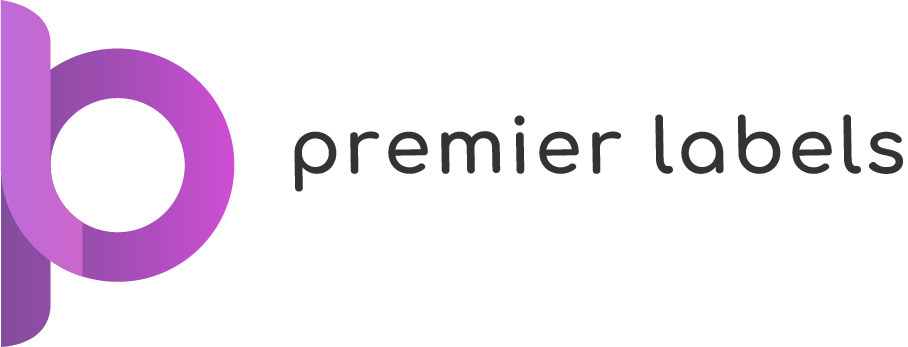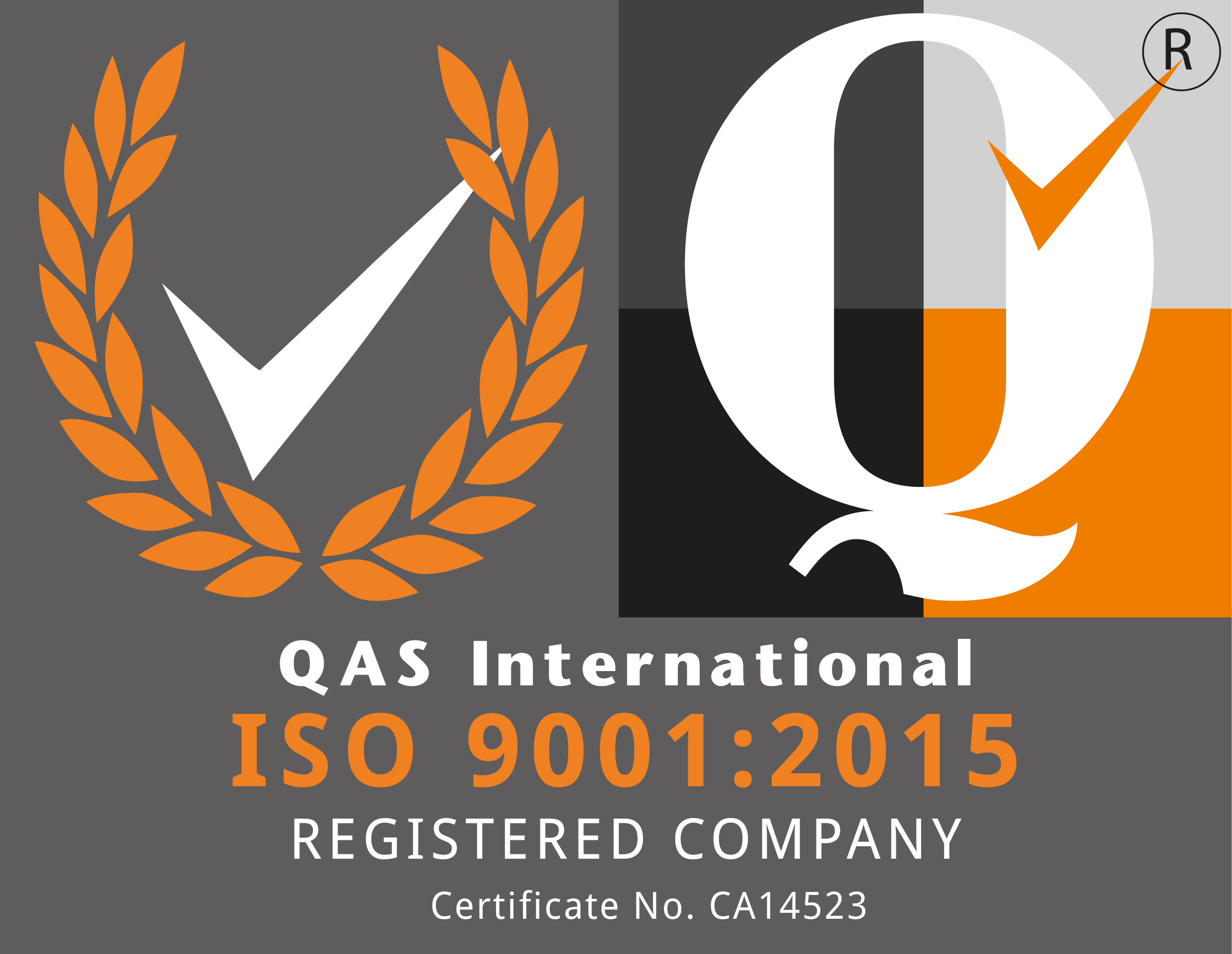What information do customers look for on a wine label?
When a potential customer picks up your bottle of wine from the shelf, there are details that will sway their decision whether or not to make a purchase.
From there, they can determine what to expect from your wine, including the quality, taste and value. Here are the 7 key pieces of information that customers look for:
Country and region
You can often find this information at the top or the bottom of the wine label, and while this is one of those details you are legally required to include, it can also lead to customers making a purchase, as a wine from Italy or France carries a pedigree that others may not have.
If you can name the specific location on the label, that’s even better, especially if your wine is sourced from a particularly prestigious vineyard, which will allow you to charge a far higher price for your product.
The bottler’s details
Another mandatory detail that is often distinguishable on most wine bottles is the name of the producer (that’s you).
Fortunately, wine enthusiasts favour small-medium sized wineries, as a smaller company is more likely to be passionate about growing the grapes in comparison to a large-scale company, meaning that the quality is likely to be much higher.
Which variety of grape has been used
Perhaps the most distinctly labelled piece of information other than your brand name is the variety of grapes used to create your particular product, such as merlot or shiraz.
While this is not a legal requirement, showcasing this clearly will inform customers what type of wine and what taste to expect from your product.
Labels that are not clearly labelled with this detail are at risk of being returned to the shelf. Customers may also suspect that if the variety of grapes is not included on the label, the winery must have used a blend of more than one grape.
Vintage or non-vintage
While it is not essential to include this information on your label, this is a feature that will create a unique selling point for your product, meaning that if you can offer it, you should definitely flaunt it.
Vintage almost always means higher quality, as the wine improves with age.
This detail can usually be found on the front of the label or the neck of the bottle and states the year that the grapes were harvested.
Enthusiasts will be knowledgeable about which years were good years for wine production and will purposefully look for these when purchasing wine, so it will benefit your sales to display this detail.
Alcohol level
The alcohol by volume (ABV) is another essential piece of information about your product that you must state on your label, and it is often placed in fine print on the back of the bottle.
While some customers choose a wine to simply enjoy the taste, others may seek out this particular detail. This is because some percentages pair better with certain food dishes than others. For example, some customers may favour a wine with a lower percentage as a great match for lighter food, such as seafood.
The ABV percentage is also indicative of taste, for example, a higher level of alcohol alters the balance of the acidity and fruit in the wine, resulting in a jammier taste.
Allergens
By law, you must state whether your product features ingredients that your customers could be allergic to, with a clear warning on the label if the sulphur dioxide content exceeds 10mg per litre, or if egg residues exceed 0.25mg.
Nitty gritty details
While the following details are formalities that your customers will glaze over, you are also legally required to include:
- Importer details for third-country wine
- Relevant expression for wines with Protected Designation of Origin or Protected Geographical Indication (unless an approved Traditional Expression is used)
For more information about mandatory information on wine labelling, click here.
Now that you are well informed of what you are legally required to include and what your customers are looking for, it’s time for the fun part, designing your label!
Bespoke Wine Labelling from Premier Labels
At Premier Labels, we have over 30 years of experience labelling wines and spirits, with a thorough knowledge of how to label your product effectively while meeting legal requirements.
Our team of designers & label specialists are here to help you design the wine label of your dreams, from concept all the way through to design and completion, we’re here to create the perfect label that will dramatically improve your shelf presence.
If you have any questions about our services or want to discuss how we can help create high-quality labels for your brand, don’t hesitate to get in touch with our expert team.




.png)




